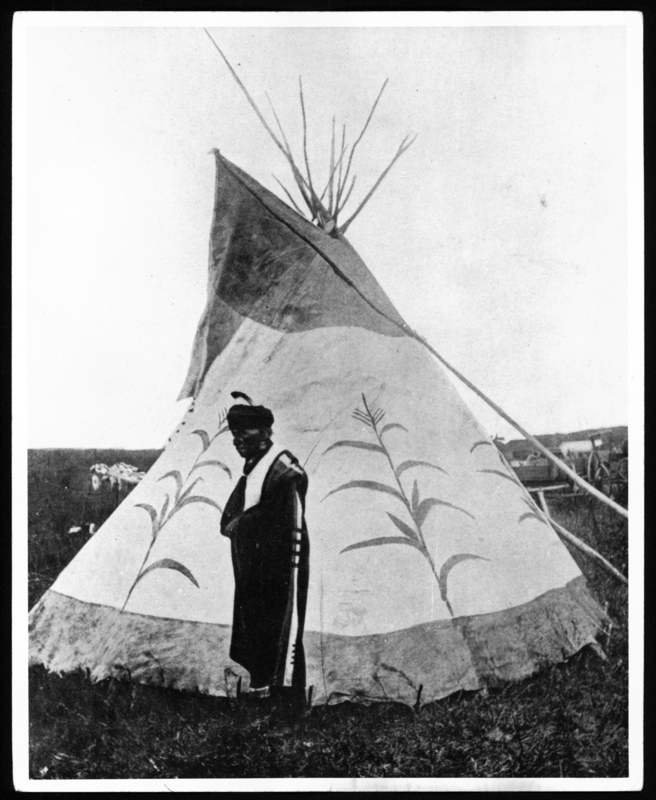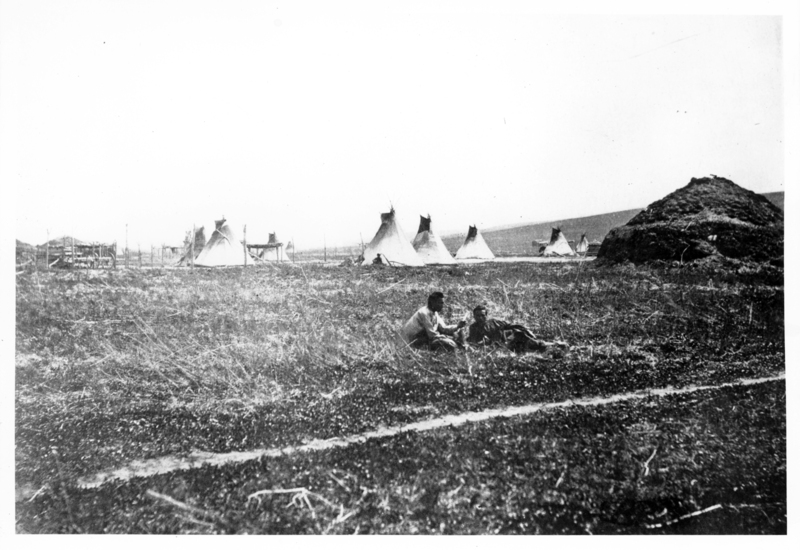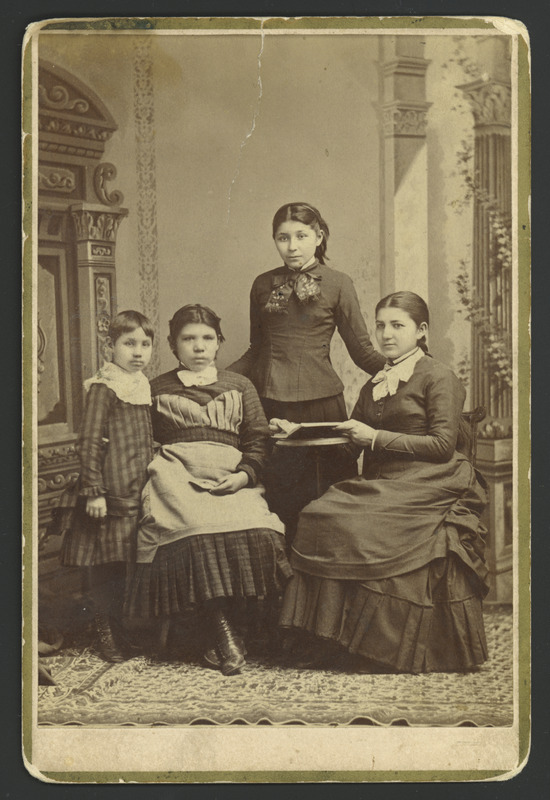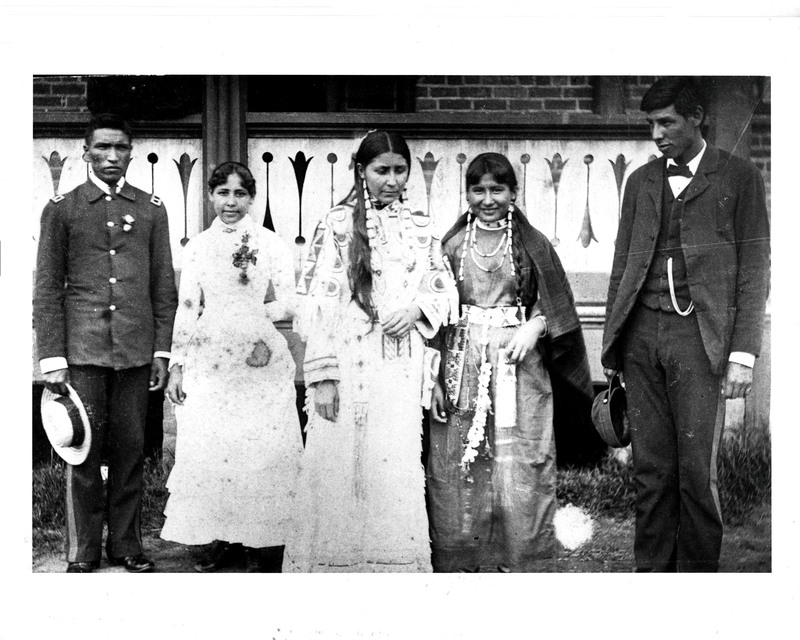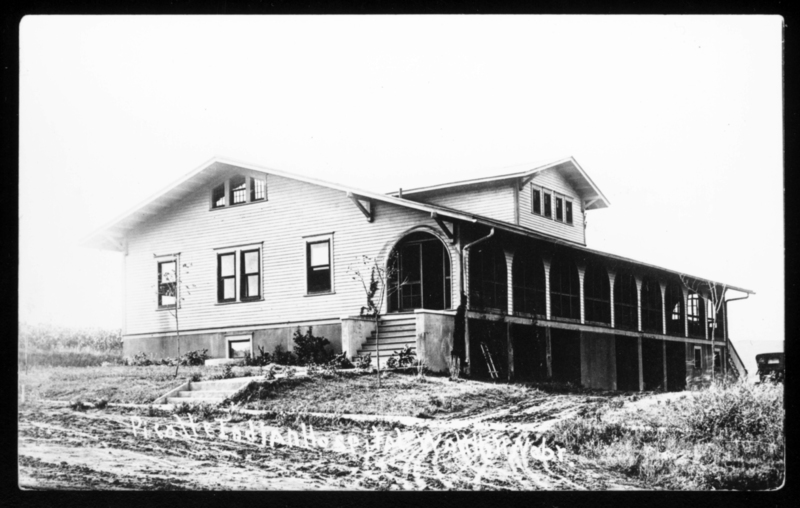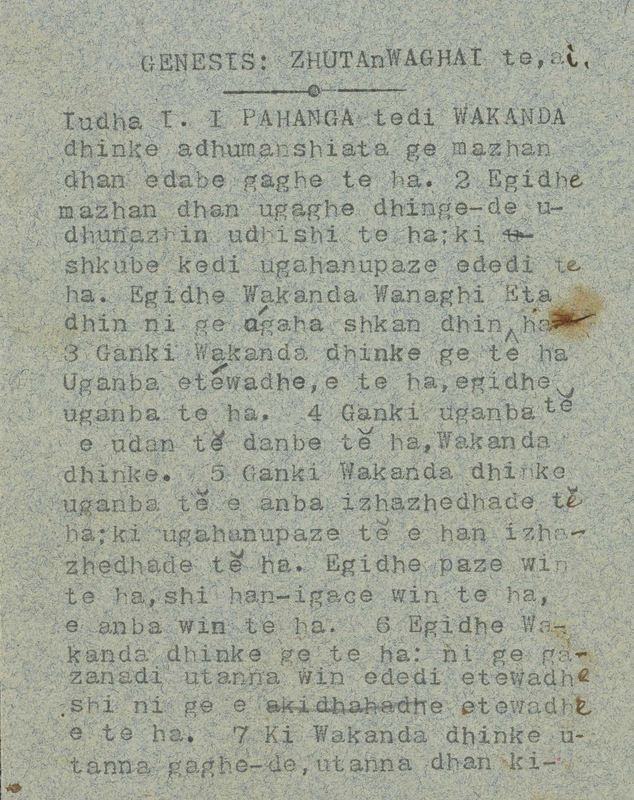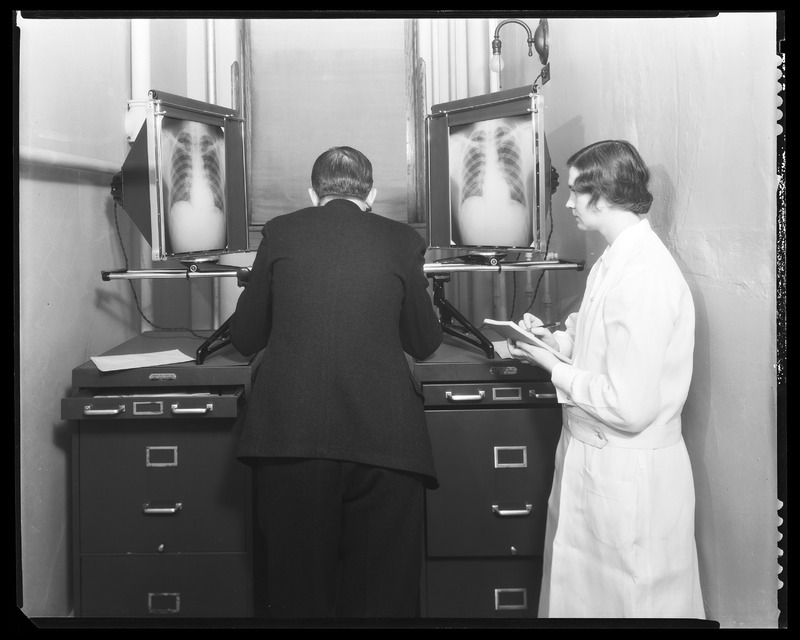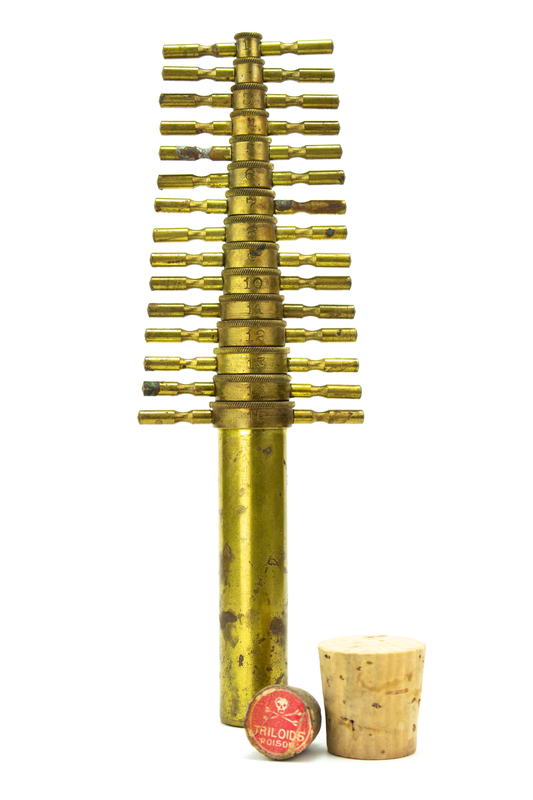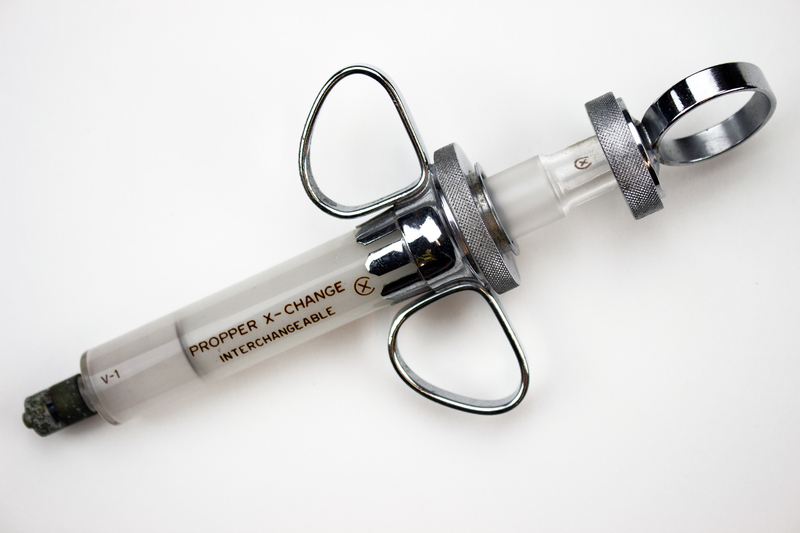For the Umonhon , the three Sacred Tents—Tent of War, Tent of the Sacred Pole, and Tent of the White Buffalo Hide—were critical to ensuring a successful buffalo hunt every year. Each tent had a keeper who cared for the sacred items inside and knew the songs and rituals for the hunt. When the buffalo hunts ended in 1876, the tent keepers maintained their vigil until their deaths, but resolved to let the songs and rituals die with them. However, Francis La Flesche, brother of Dr. Susan La Flesche Picotte, and ethnographer Alice C. Fletcher, convinced the keepers to send the sacred items from the Tent of War and the Tent of the Sacred Pole, along with written copies of their songs and rituals, to Harvard’s Peabody Museum of Archaeology and Ethnography in order to preserve them. The sacred white buffalo hide was stolen from its tent and never recovered.
Home > Exhibits > Native Healers: Susan La Flesche Picotte, MD
Native Healers
The Umonhon (Omaha Tribe) and Susan La Flesche Picotte, MD
For the Umonhon, religion and medicine were always intertwined. The buffalo medicine-men were greatly respected and said to have received their knowledge through visions.
This is the medical knowledge that surrounded Susan La Flesche Picotte, MD, as a young girl growing up on the Omaha reservation. She had great respect and appreciation for the customs of her people but was also aware of the “white medicine-men." She saw how her people were ignored by Omaha Agency physicians and needlessly suffered as a result.
She resolved to do something—to commit to walking a line between two cultures. She would learn the ways of the white medicine-men. She would become a physician.
After graduating from Woman’s Medical College of Pennsylvania, Dr. Picotte opened her practice on the reservation and dedicated her life to improving the lives of her people. She campaigned to ban alcohol on the reservation, pioneered new treatments and preventions for tuberculosis, and lobbied for an end to the federal government’s conservancy over tribal members’ land and finances.
Dr. Picotte suffered from mastoiditis—a bone cancer in her head and neck—during much of her later life. She in died September 15, 1915, at her home in Walthill, Nebraska. She was 50 years old.
UNMC is located on the traditional land of the Umonhon (Omaha Tribe). We thank tribal members, past and present, for their strength and resilience in protecting this land, and aspire to uphold our responsibilities according to their example.
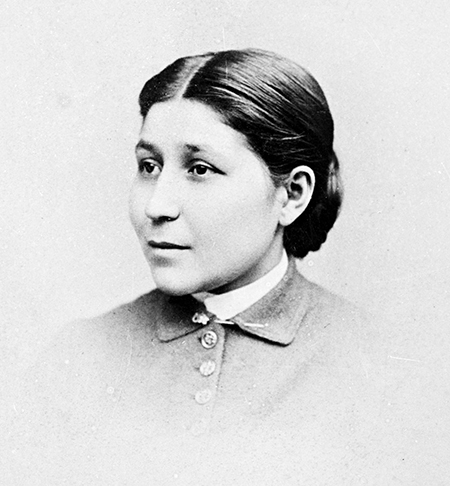
Portrait of Susan La Flesche Picotte, MD, as a medical student at the Woman’s Medical College of Pennsylvania, c. 1888
Courtesy of the National Anthropological Archives, Smithsonian Institution, Negative 54752
“I have an advantage in knowing the language and customs of my people and as a physician can do a great deal to help them.”
To the commissioner of Indian Affairs asking for appointment as the Omaha Agency boarding school’s physician, June 13, 1889
In 1854, elders of the Umonhon signed a treaty with the federal government ceding their hunting grounds north of the Platte River. In exchange, the Umonhon received 300,000 acres of land 70 miles north of Omaha City. Joseph La Flesche was one of seven tribal leaders who signed this treaty, and thus has a divided legacy within the Umonhon.
For some, this was the ultimate betrayal, as it gave away sacred lands. For others, this was the ultimate sacrifice to ensure the Umonhon’s survival. The reservation is now 12,421 acres, located mostly in Thurston County, Nebraska.
“I shall always fight good and hard against [anything] that is to the Tribe’s detriment, even if I have to fight alone, for before my God I owe my people a responsibility.”
In a telegram to Washington, D.C., asking that the Umonhon have the right to make decisions about the use of their reservation land, September 1909
“I believe in prevention of disease and hygiene care more than I do in giving or prescribing medicine, and my constant aim is to teach these two things.”
—At the Walthill Hospital dedication ceremony, January 8, 1913
Causes and Beliefs
Passionate about bettering health and personal comfort, Susan lobbied her patients, her family, those in her community, and the local, state, and national governments about ways to better their lives and the lives of the Omaha Tribe.

